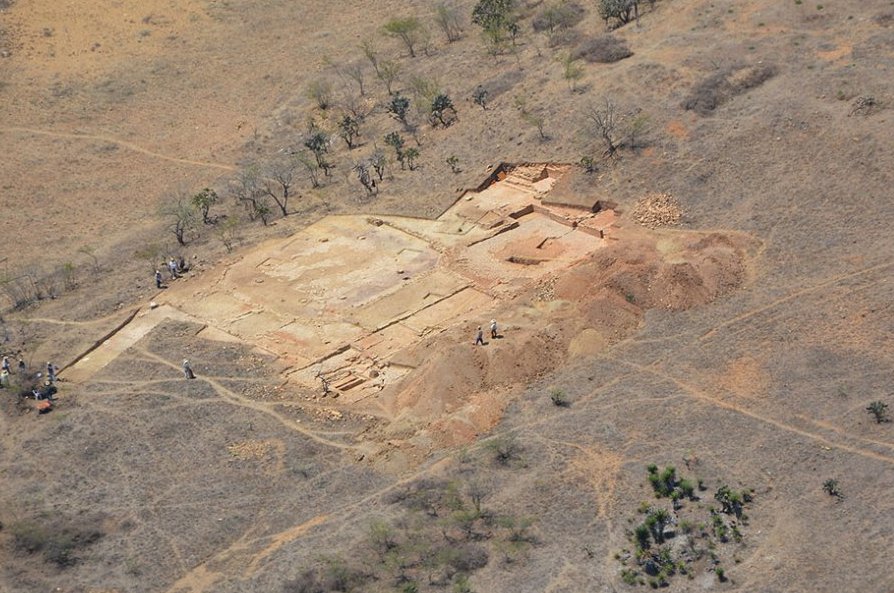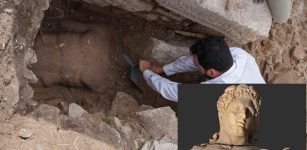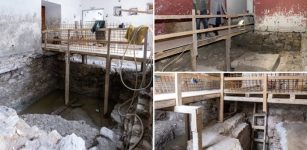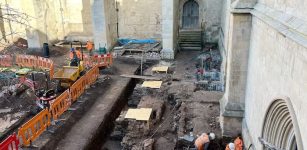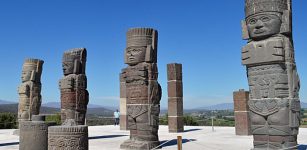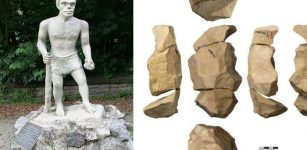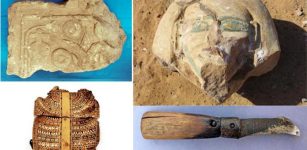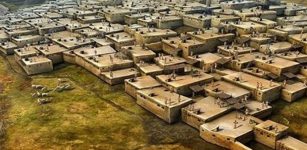Gigantic Ancient Palace Unearthed In Mexico’s Valley Of Oaxaca
AncientPages.com - Giant ancient palace unearthed in Mexico was the ruler's home and the seat of government.
Archaeologists say it is the oldest ever palace excavated in Mexico's Valley of Oaxaca.
"Recently completed excavations at the site of El Palenque in Mexico’s Valley of Oaxaca have recovered the well-preserved remains of a palace complex dated by associated radiocarbon samples and ceramics to the Late Formative period or Late Monte Albán I phase (300–100 BC), the period of archaic state emergence in the region," write researchers in their paper.
The palace remains date back 2,300 years h provide "some of the earliest evidence of early states' emergence in Mesoamerica", writes IBT UK.
Finding evidence for the emergence of early state societies is a major challenge for archaeologists. As the homes of the rulers and the places where they exerted their power, palaces are a key feature of states.
See also:
Mystery Of Monte Albán – Ancient City ‘At The Foot Of The Heavens’ Built By The Zapotecs
Oaxaca is considered to have been among the earliest archaic states to have emerged in Mesoamerica.
Researchers have been working at the El Palenque archaeological site in the Oaxaca Valley since 1993, conducting mapping, surface collecting and excavations.

Water shrine, where a stone-lined drain descending from ruler’s residence supplied rainwater to cistern. Image credit: Elsa M. Redmond and Charles Spencer.
The newly discovered palace located on the north side of El Palenque's plaza, once extended over more than 2,000 sq meters. Its architectural and organizational features similar to the royal palaces of much later Mesoamerican states described by Colonial-period sources.
The excavation reveals a large palace complex covering a maximum estimated area of 2,790 m2 on the north side of the site’s plaza and consisting of both governmental and the ruler's residential quarters.
The data indicate that the structure was designed and built as a single construction.
"This 2,300-year-old palace is the oldest multifunctional palace excavated to date in the Valley of Oaxaca and is a key indicator of the early state society that emerged there at this time", the archaeologists said.
Based on radiocarbon dating of charcoal samples found at the site, including samples embedded in the walls of the palace and analysis of the ceramics found within the walls of the palace - the structure dates back to between 300 and 100 BC.
Research is described in PNAS.
AncientPages.com

